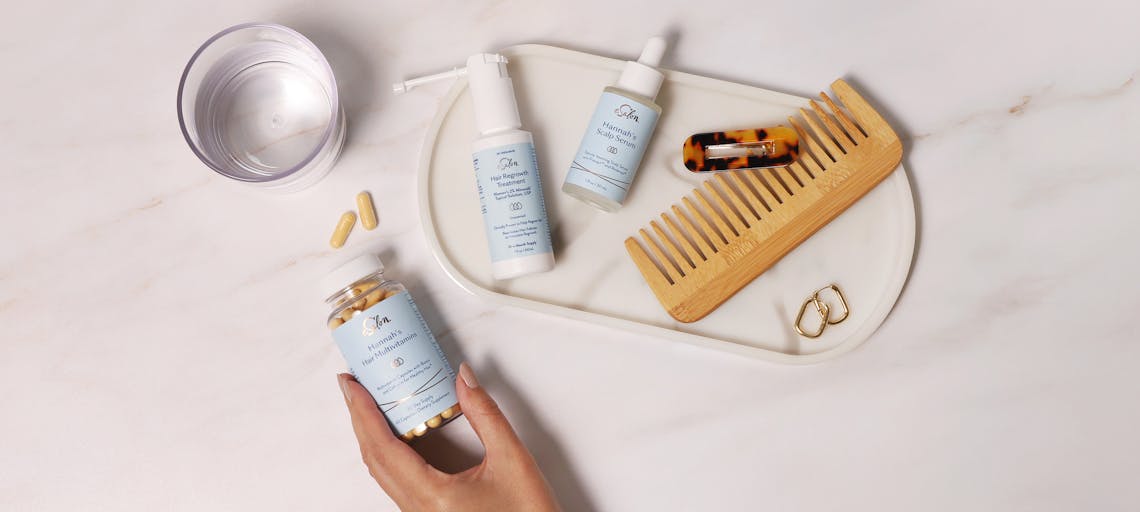
Dentro de eSalon
|
|
{{item.translated_name}}
{{getVariationType(item.variation_type)}}: {{item.variation_name}}
{{benefitsWithLabel(item)}}
{{fragranceWithLabel(item)}}
{{getHairColorVariation(item.dye_type)}}
-
{{item.qty}}
+
retirar
|
Incluido
{{showPrice($index)}}
{{showFullPrice($index)}}
|
{{removedItemText(displayTitle(item, true))}}
anular
|
||